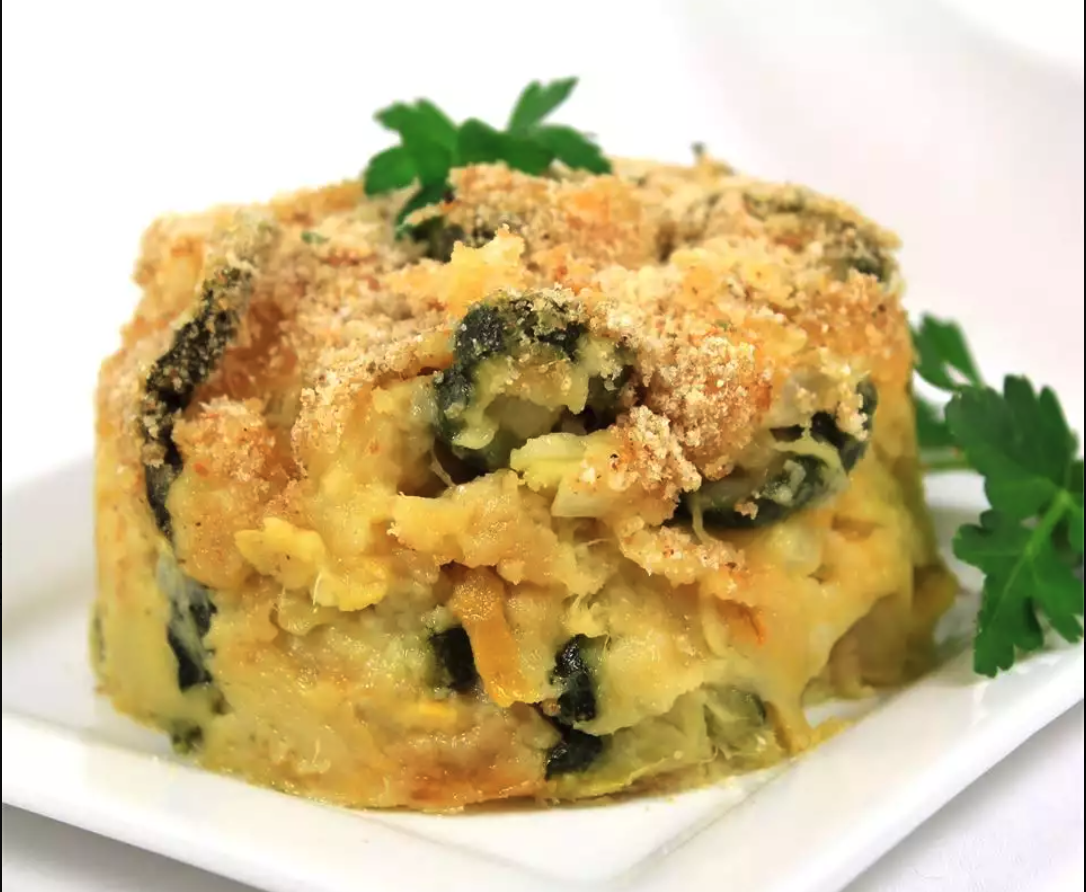Zucchini and Squash Recipes: A Comprehensive Guide
Introduction to Zucchini and Squash
Zucchini and squash are staples in many kitchens due to their versatility and health benefits. These vegetables can be prepared in numerous ways, making them a favorite among home cooks and professional chefs alike.
- Nutritional benefits of zucchini and squash include being low in calories but high in essential nutrients like vitamin A, vitamin C, and potassium.
Selecting and Preparing Zucchini and Squash
Choosing the right zucchini and squash is crucial for the best culinary results. Here’s how to pick and prepare them:
- Look for zucchini and squash that are firm to the touch and have shiny, unblemished skins.
- Wash them thoroughly under cold water to remove any dirt or pesticides.
Preparing these vegetables is simple and sets the stage for a variety of cooking methods. For more details on how to select the best produce, visit our guide on choosing and preparing vegetables.
Basic Cooking Techniques
Zucchini and squash can be cooked in numerous ways. Here are some basic techniques to get you started:
- Sautéing: Quick and easy, sautéing brings out the natural sweetness of the vegetables.
- Grilling: Ideal for a smoky flavor.
- Roasting: Enhances their natural flavors through caramelization.
- Baking: Perfect for casseroles and stuffed recipes.
Each method offers a unique taste and texture, making zucchini and squash incredibly versatile. If you’re interested in exploring other cooking methods, check out our comprehensive cooking techniques page.
Simple Skillet Recipes
-
Skillet Zucchini and Yellow Squash:
This simple recipe involves slicing the vegetables and sautéing them until golden.
- Variations: Add spices like garlic powder or herbs such as thyme to modify the flavor.
Healthy Options
- Zucchini noodles: A fantastic low-carb alternative to traditional pasta.
- Light salads: Incorporate raw squash for a refreshing summer dish.
Comfort Food Recipes
- Stuffed zucchini and squash boats: Fill with meat, rice, and spices for a hearty meal.
- Zucchini and squash casserole: Layered with cheese and breadcrumbs, this is a comfort dish sure to please.
International Cuisine
- Italian Zucchini ribbons with pesto: A light, flavorful dish that pairs well with pasta.
- Asian-inspired stir-fried squash: Quick to make and packed with flavor.
Advanced Cooking Techniques
- Marinating zucchini and squash can add depth to their flavor.
- Stuffing them with protein or grains makes for a fulfilling meal.
Tips and Tricks for Perfect Dishes
- Avoiding soggy squash involves not overcrowding the pan and allowing enough time for them to cook thoroughly.
- Enhancing flavor can be as simple as seasoning with salt, pepper, and herbs.
Frequently Asked Questions
- How do I keep zucchini from getting soggy? Ensure not to overcrowd the pan and cook at a high enough heat.
- Can I freeze zucchini and squash? Yes, though they are best used in cooked dishes after freezing.
Conclusion Zucchini and squash are not only nutritious but also incredibly flexible in the kitchen. Try different recipes and techniques to discover the full range of what these wonderful vegetables have to offer. For more insights and tips on cooking, visit our About Us page.

